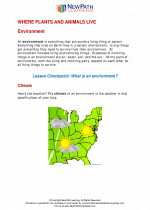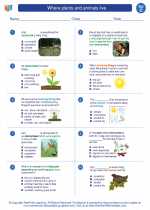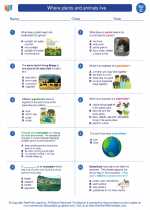Terrestrial
Terrestrial refers to anything related to the land or Earth. It can be used to describe living organisms, habitats, or processes that occur on land.
Terrestrial Ecosystems
Terrestrial ecosystems are habitats that exist on land. They can include forests, grasslands, deserts, and tundras. Each type of terrestrial ecosystem has its own unique characteristics, including the types of plants and animals that live there, the climate, and the soil.
Terrestrial Animals
Many different types of animals live in terrestrial environments. These can include mammals, birds, reptiles, amphibians, and insects. Each type of animal has adaptations that help it survive on land, such as legs for walking or running, and lungs for breathing air.
Terrestrial Plants
Plants that grow on land are considered terrestrial plants. They have roots to absorb water and nutrients from the soil, and leaves to capture sunlight for photosynthesis. Terrestrial plants can range from small grasses to towering trees, and they play a vital role in terrestrial ecosystems by providing food and habitat for animals, as well as releasing oxygen into the atmosphere.
Terrestrial Processes
There are many processes that occur on land, such as erosion, weathering, and the water cycle. These processes can have a significant impact on the shape of the land and the availability of resources for living organisms.
Study Guide
- Define terrestrial and give an example of a terrestrial ecosystem.
- List three types of animals that are considered terrestrial.
- Explain how terrestrial plants differ from aquatic plants.
- Describe one terrestrial process and its impact on the environment.
[Terrestrial] Related Worksheets and Study Guides:
.◂Science Worksheets and Study Guides Third Grade. Where plants and animals live

 Worksheet/Answer key
Worksheet/Answer key
 Worksheet/Answer key
Worksheet/Answer key
 Worksheet/Answer key
Worksheet/Answer key
 Vocabulary/Answer key
Vocabulary/Answer key
 Vocabulary/Answer key
Vocabulary/Answer key
